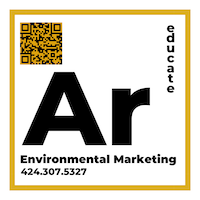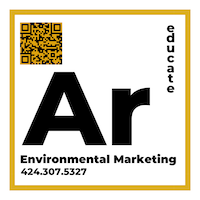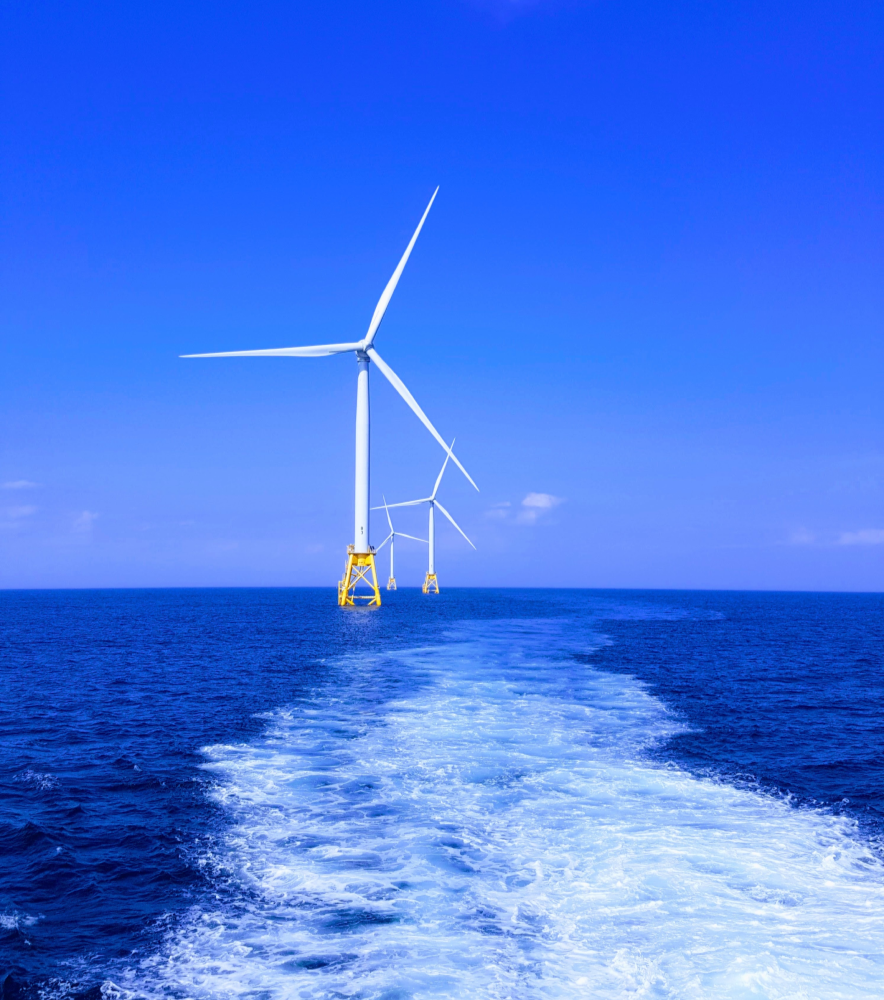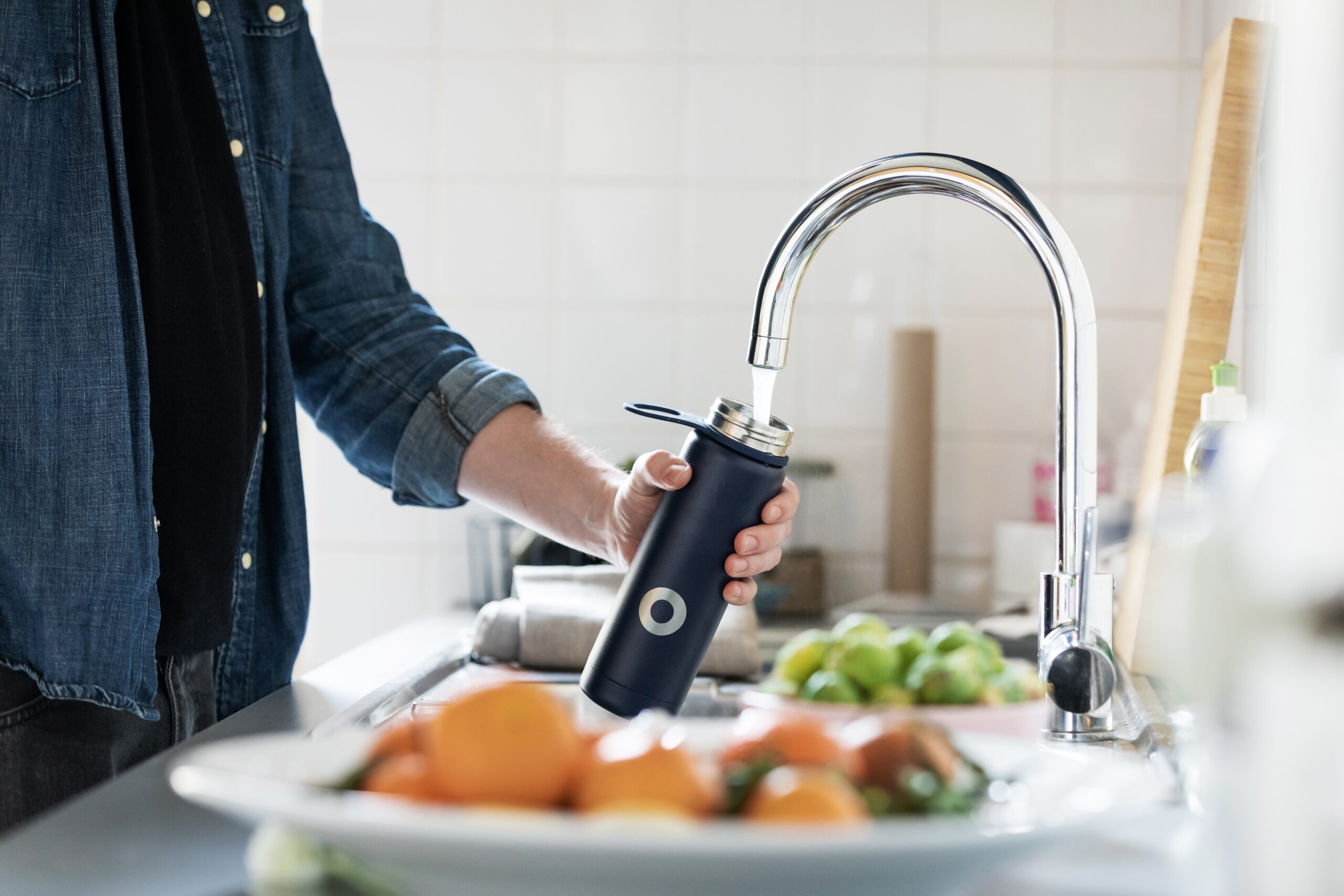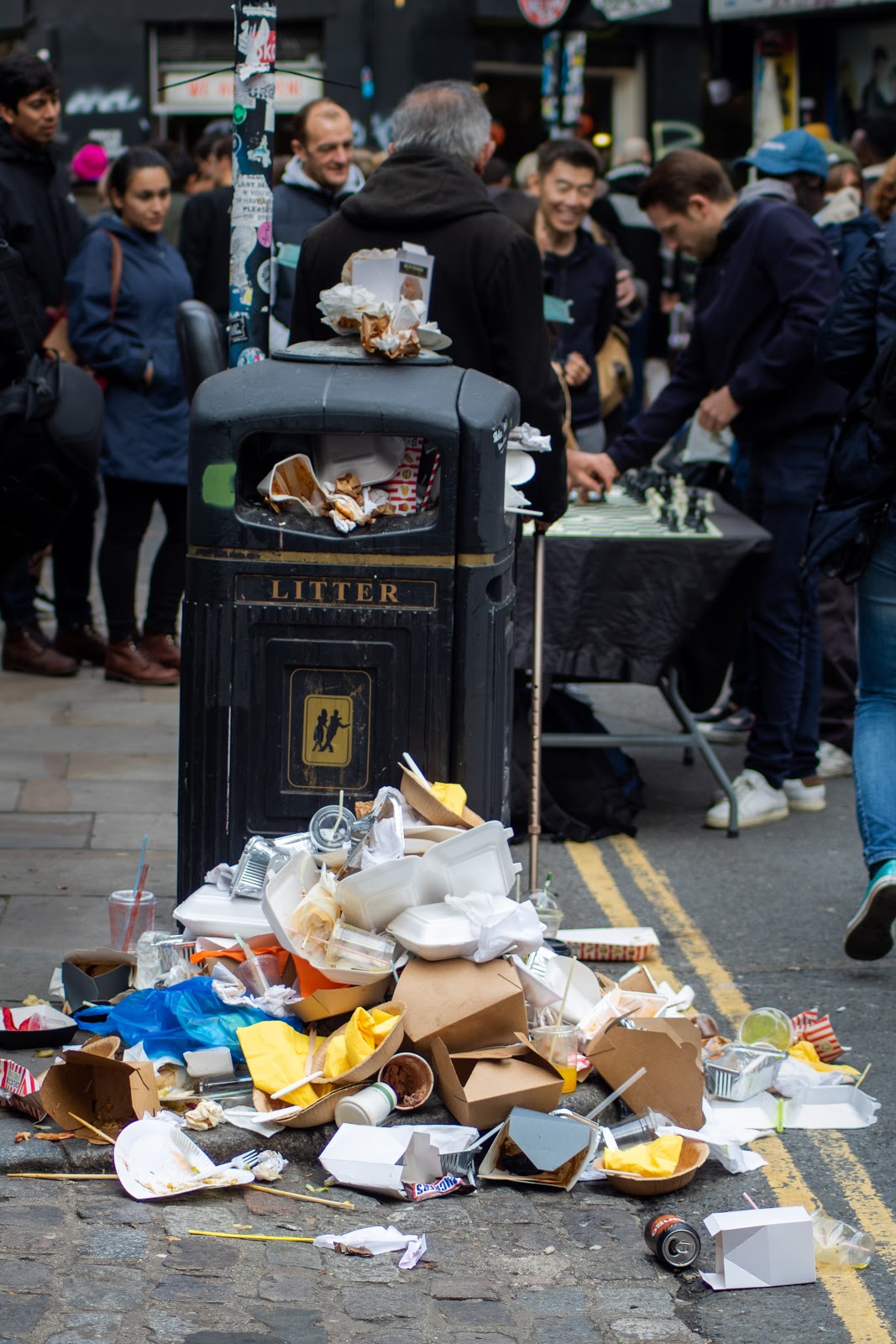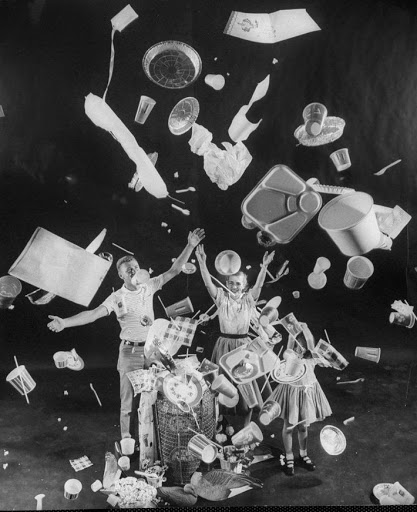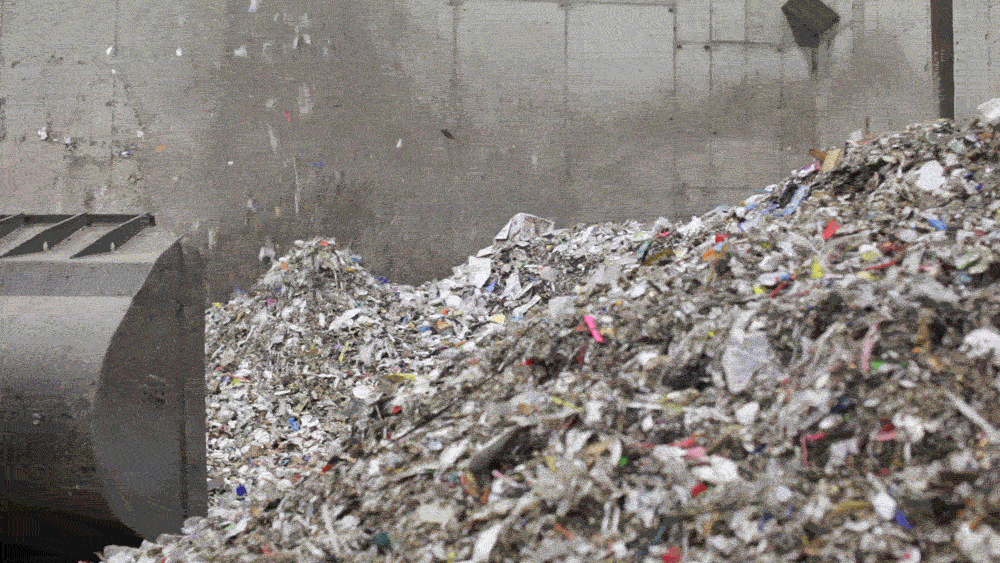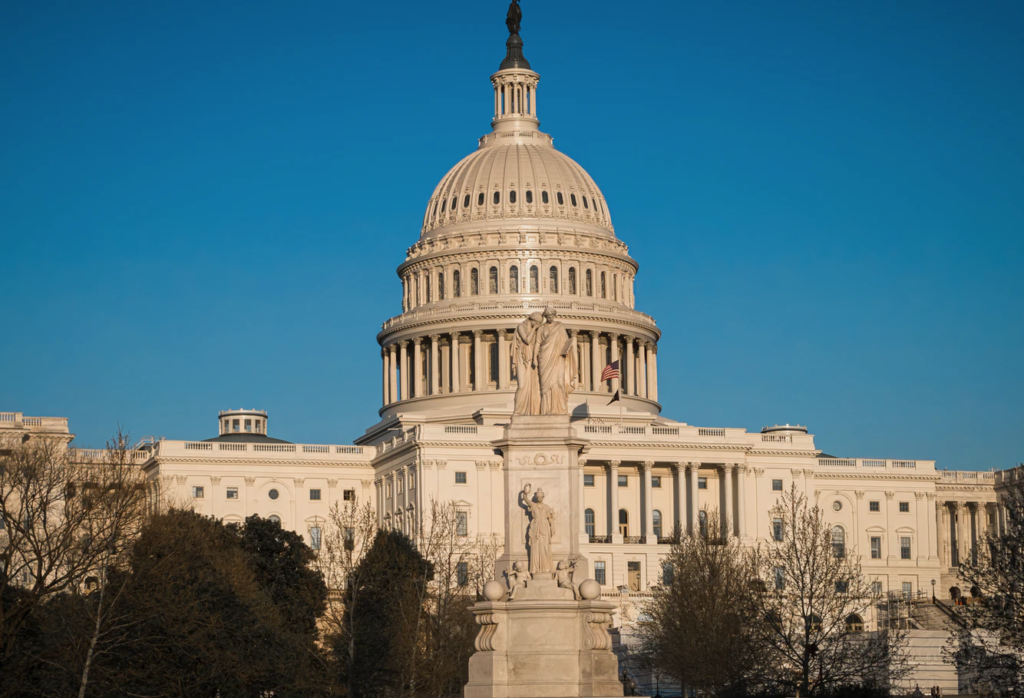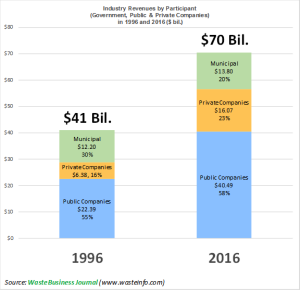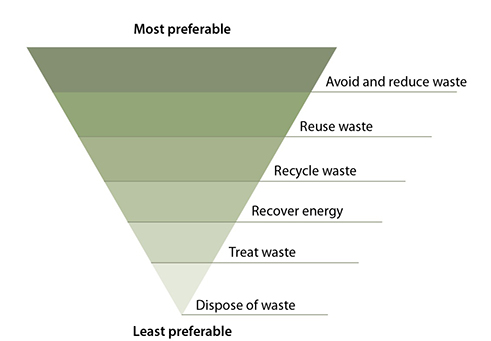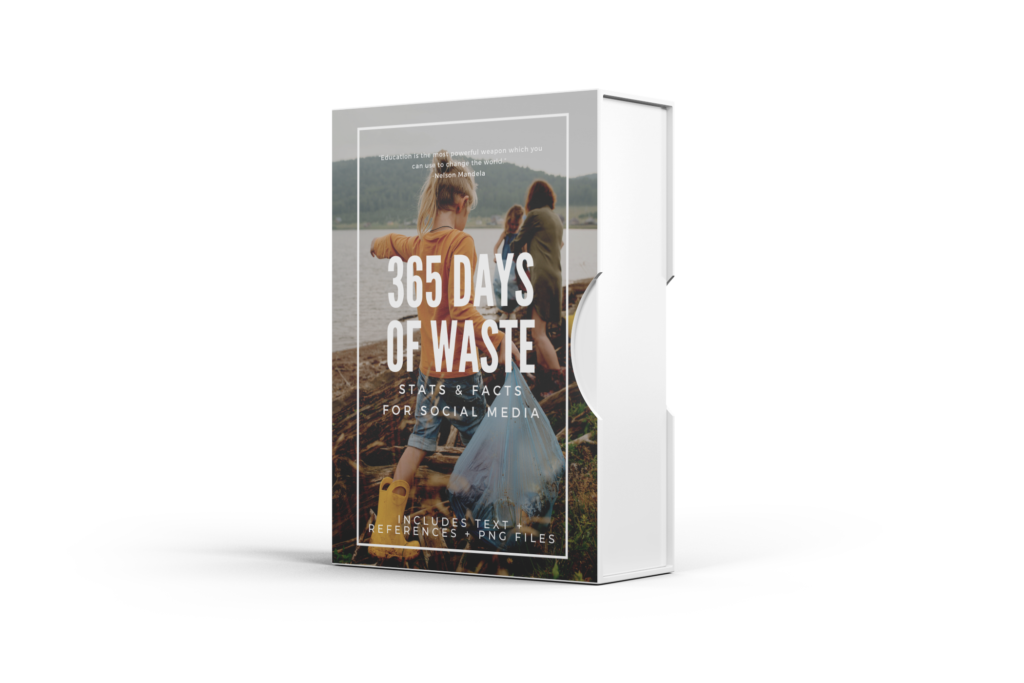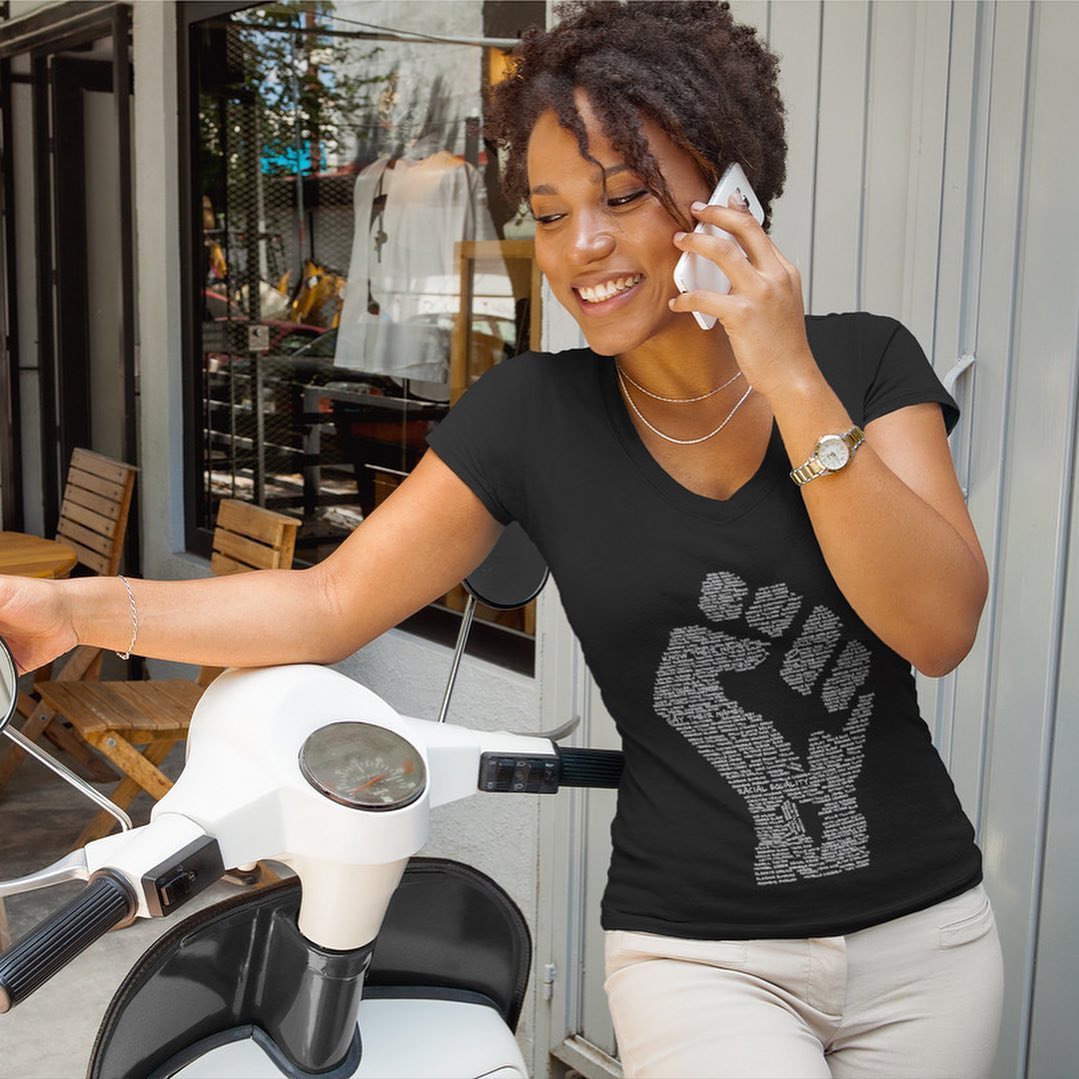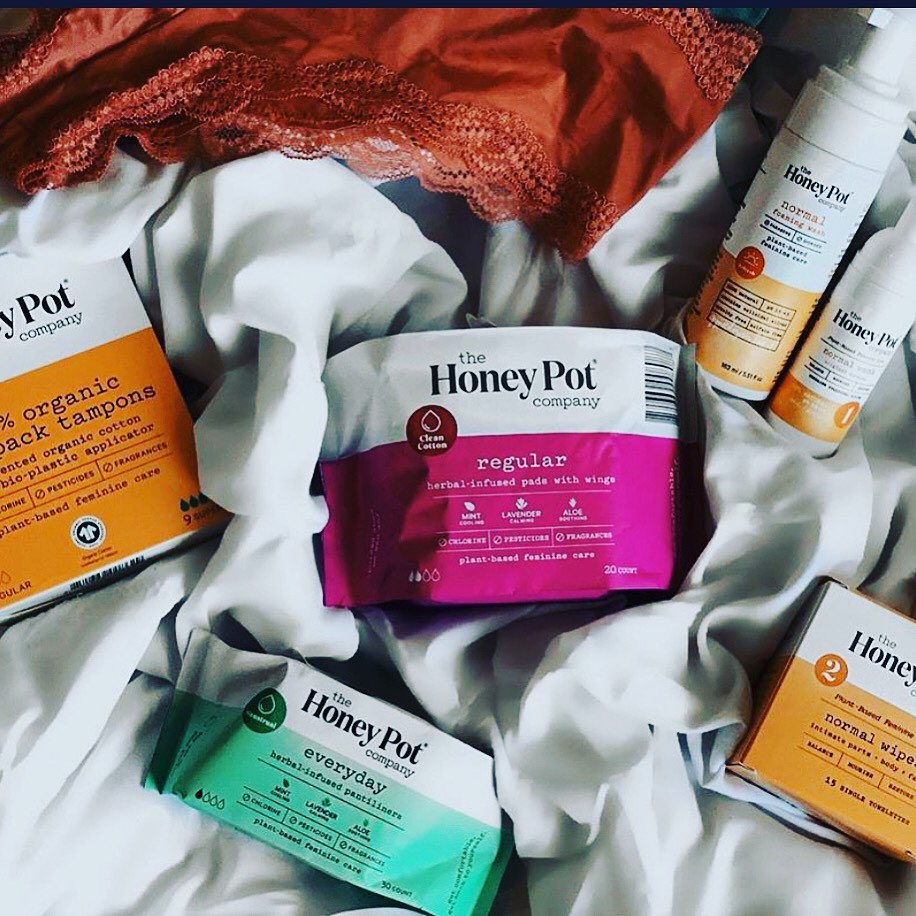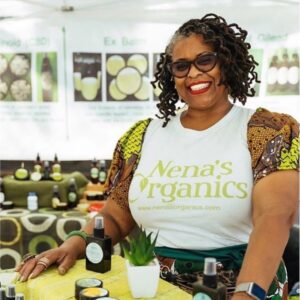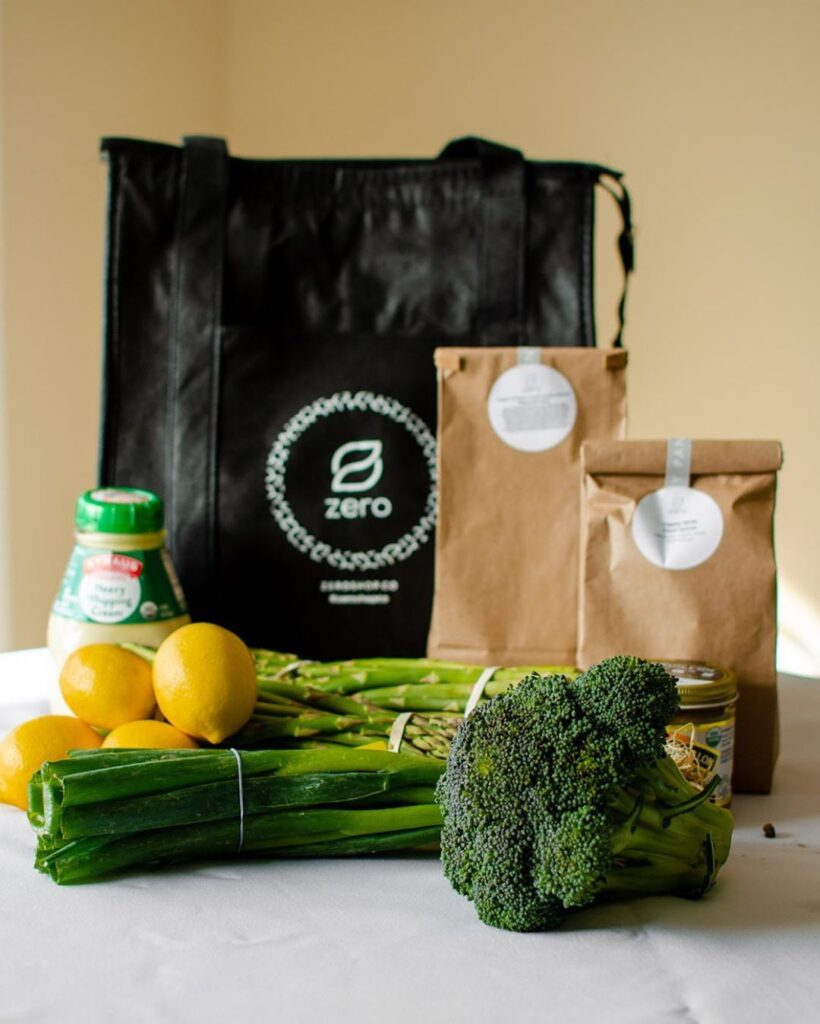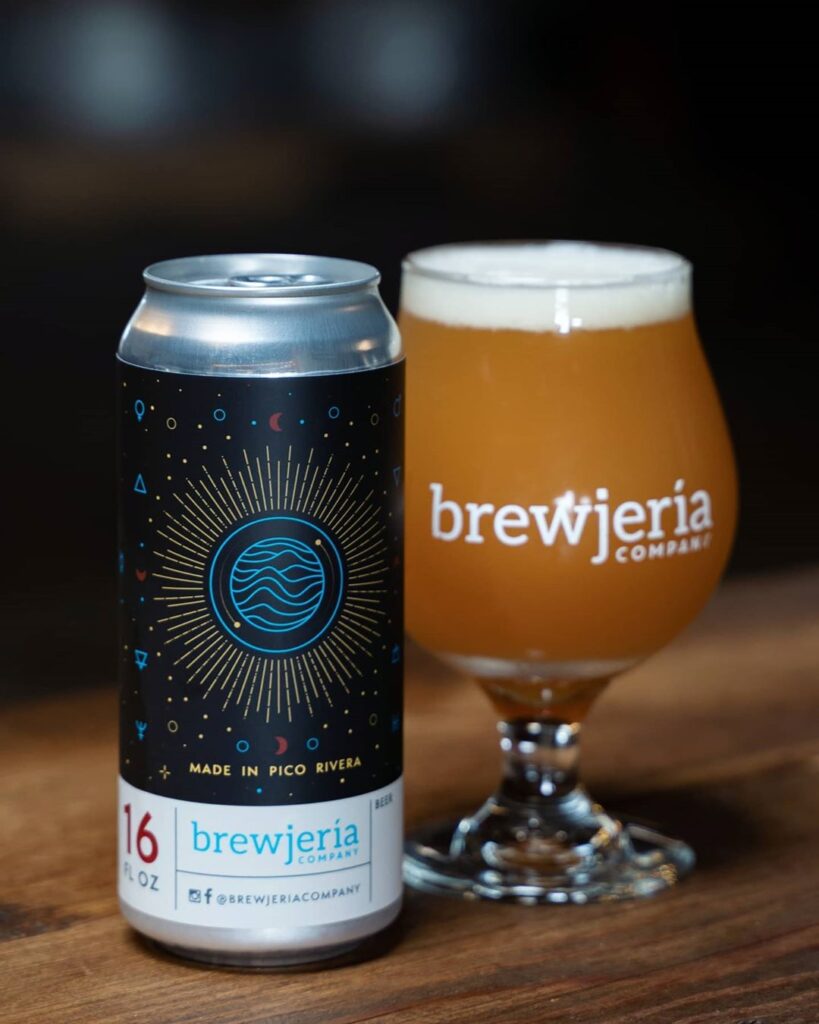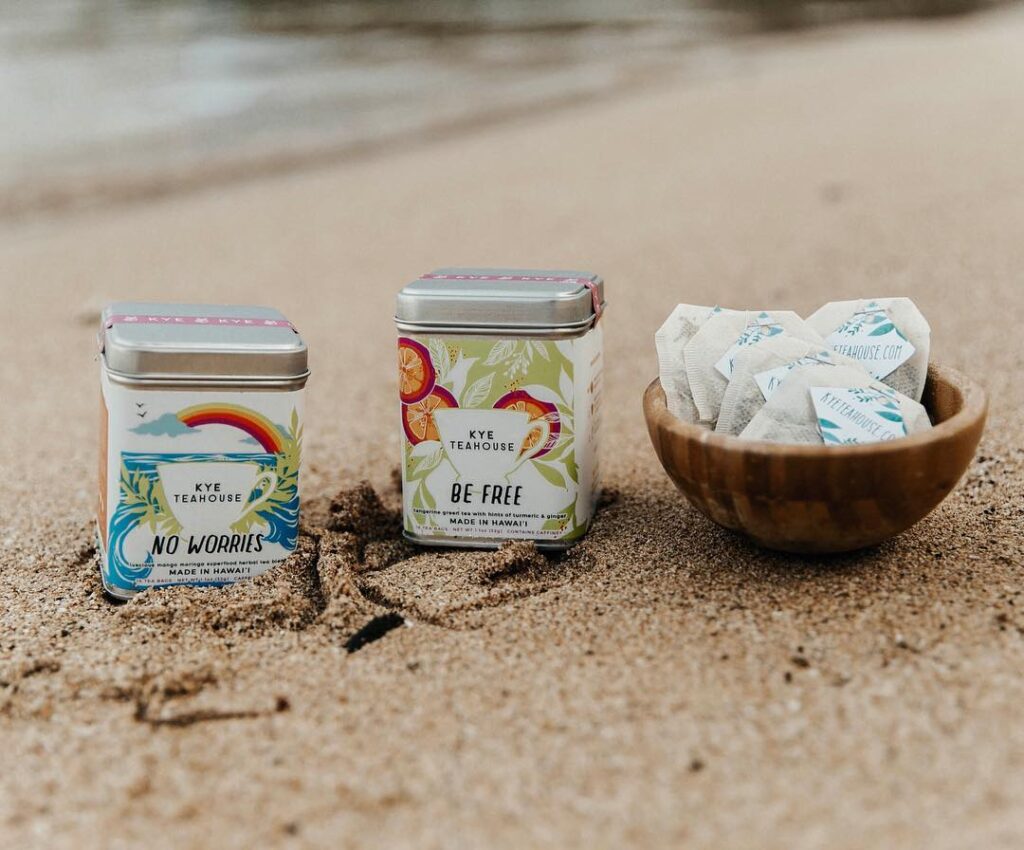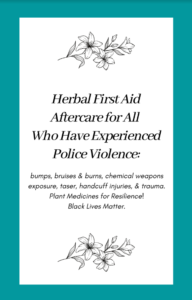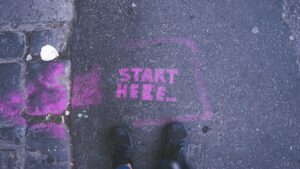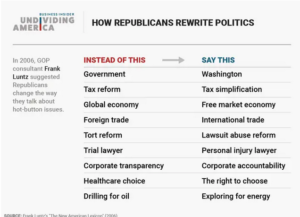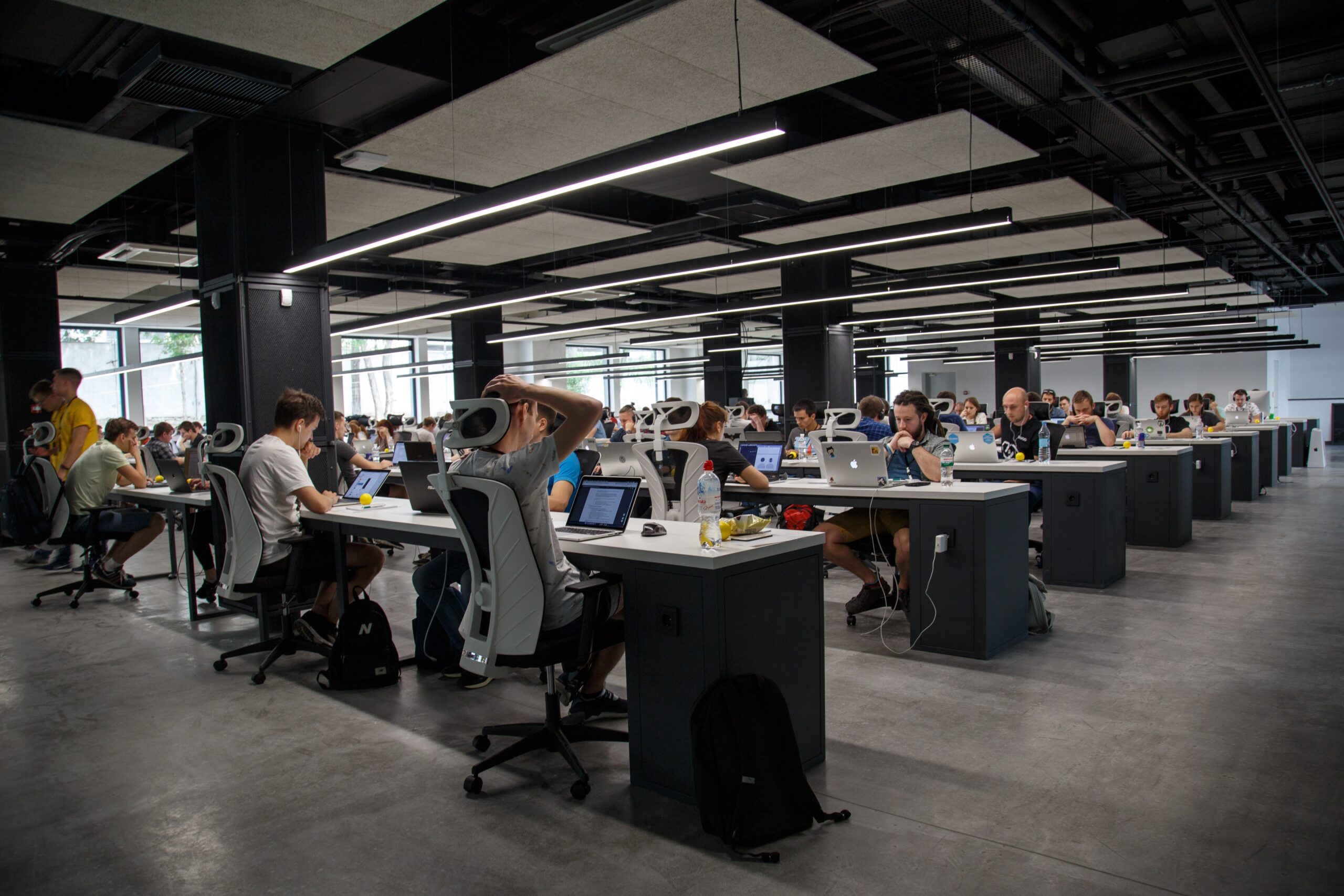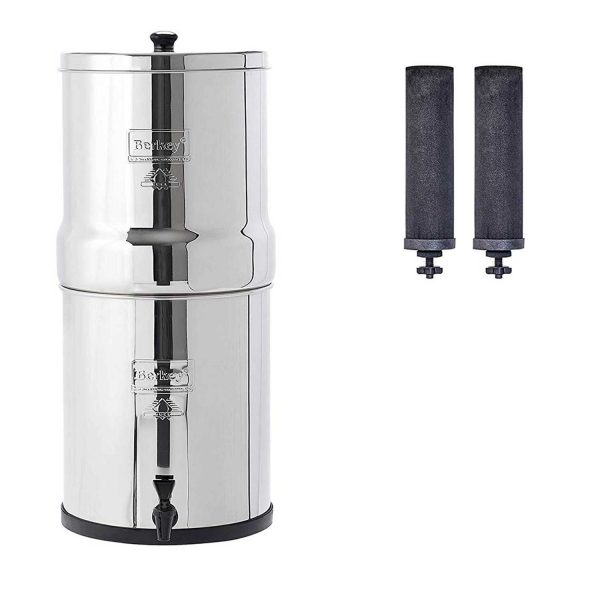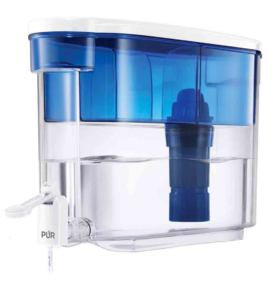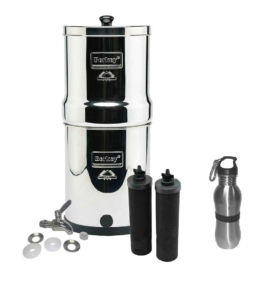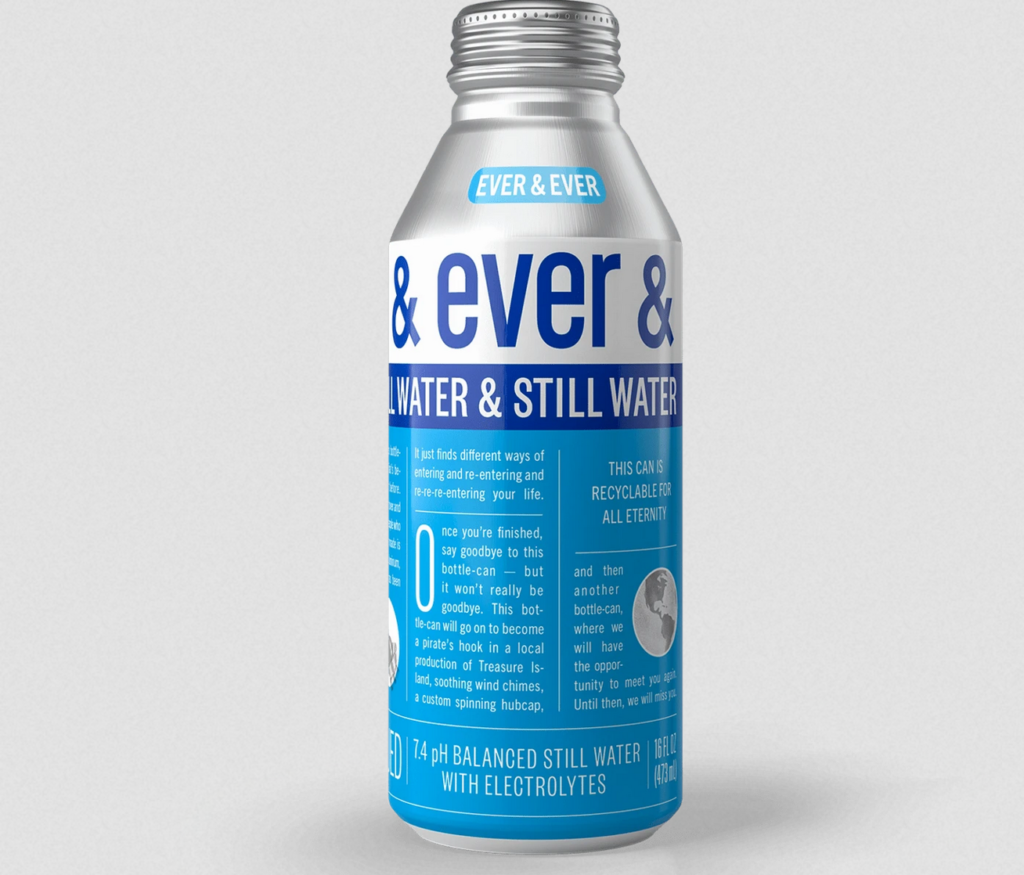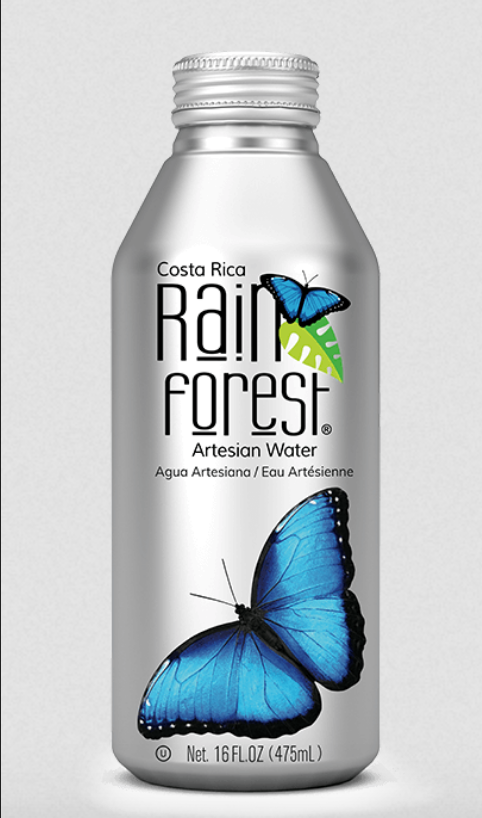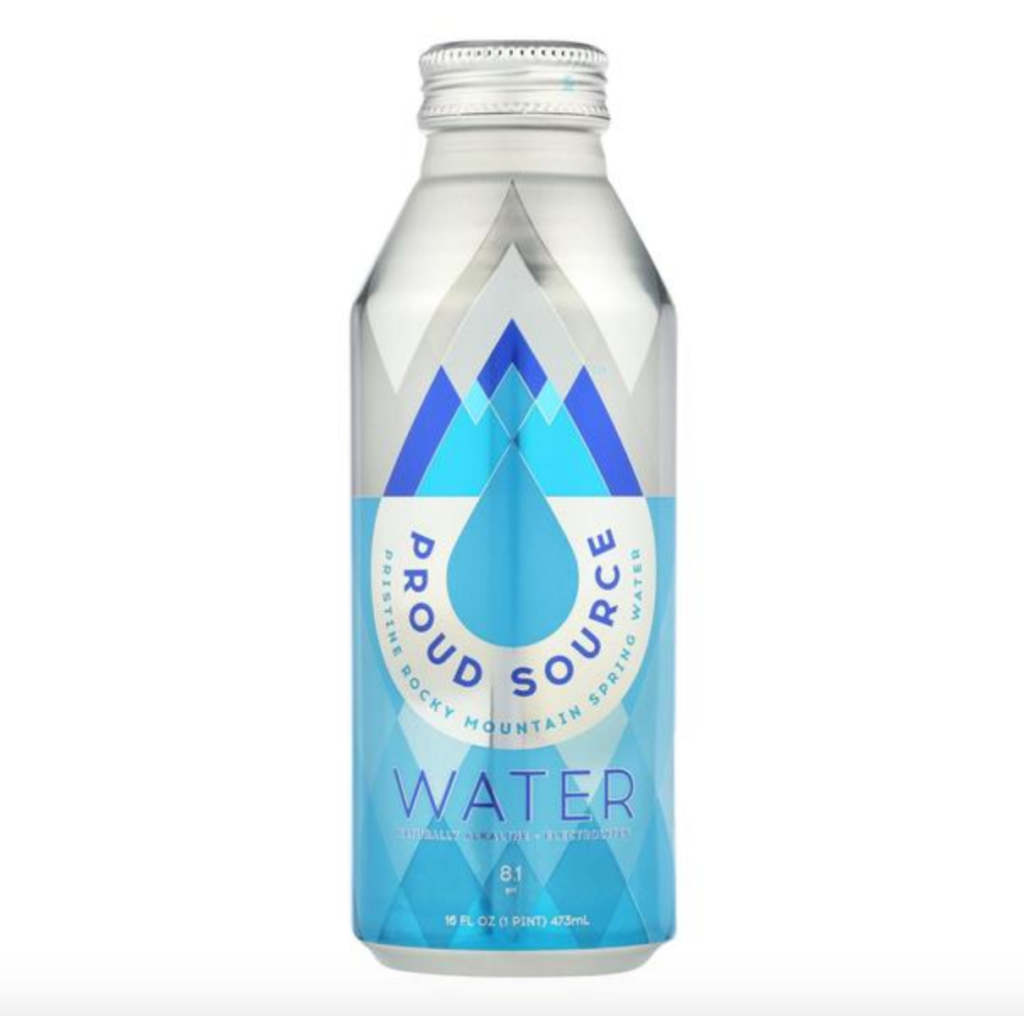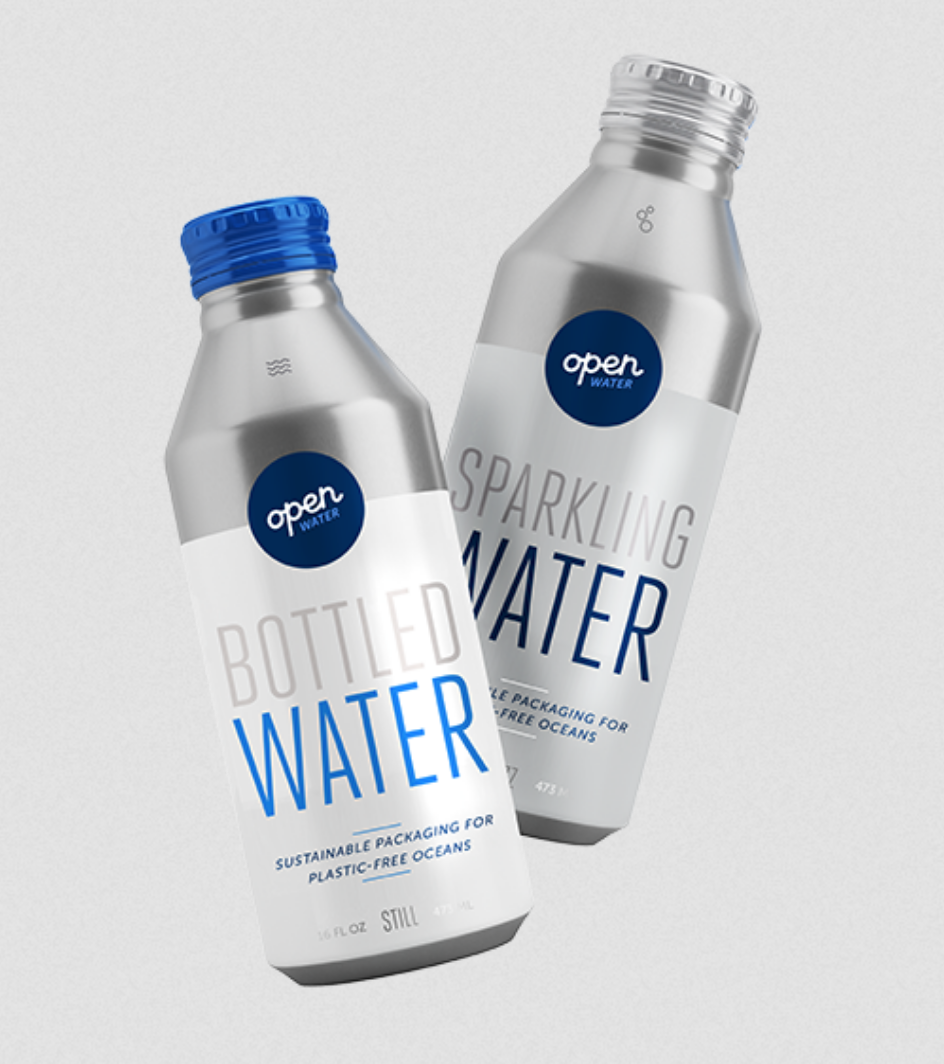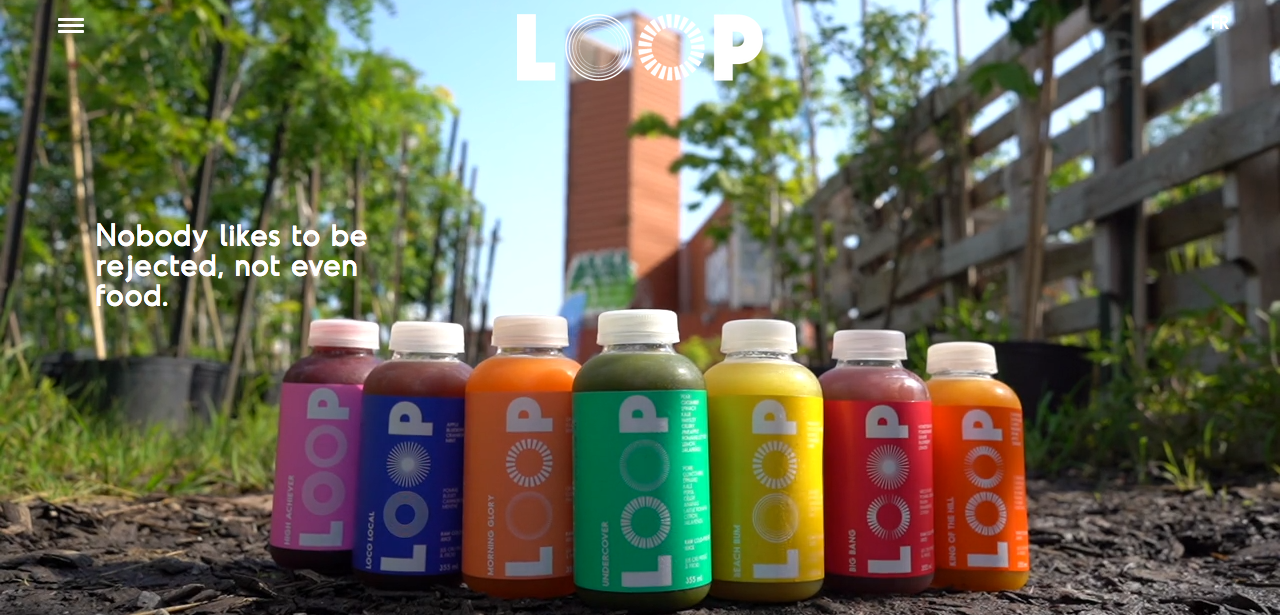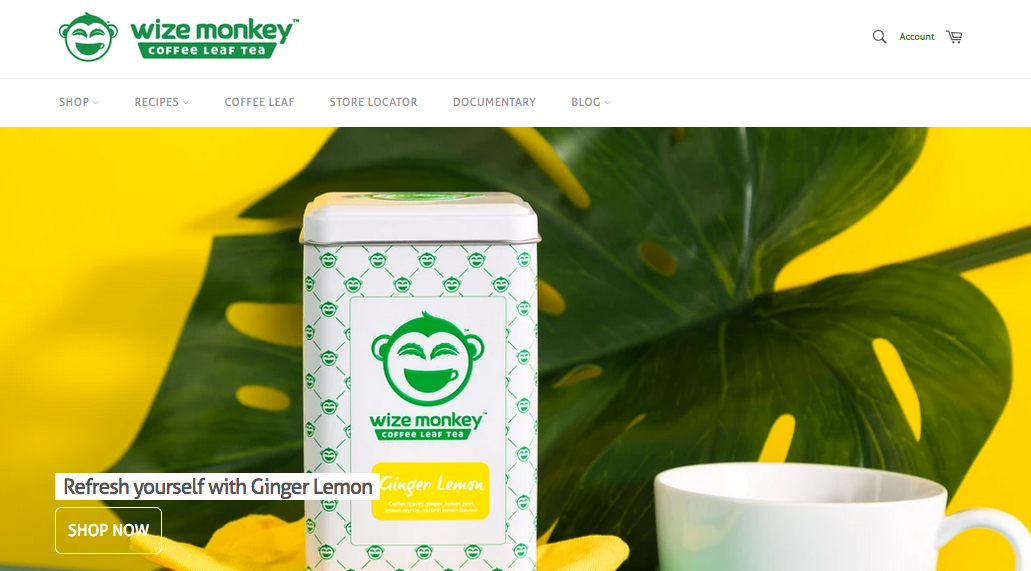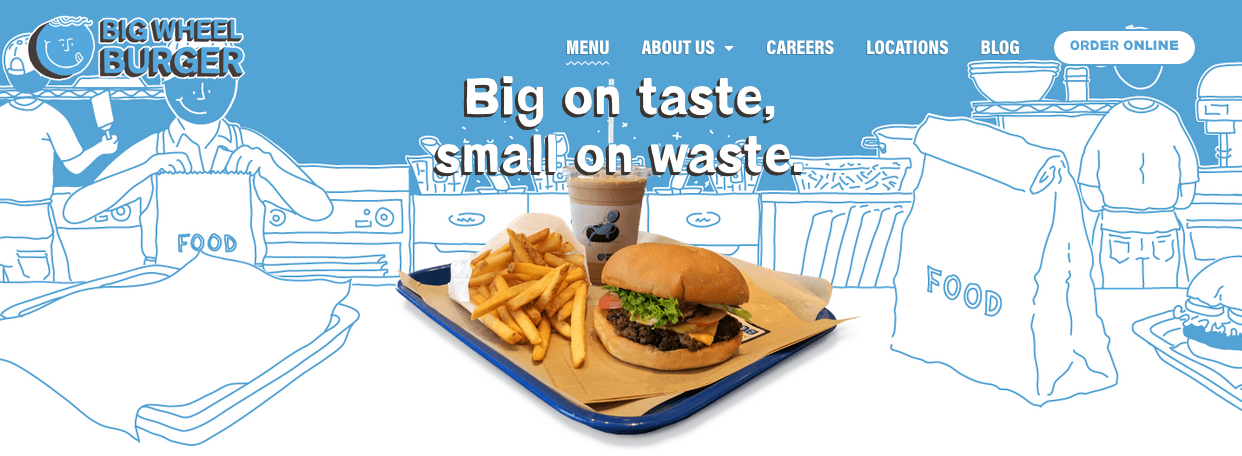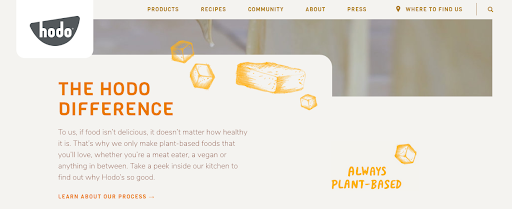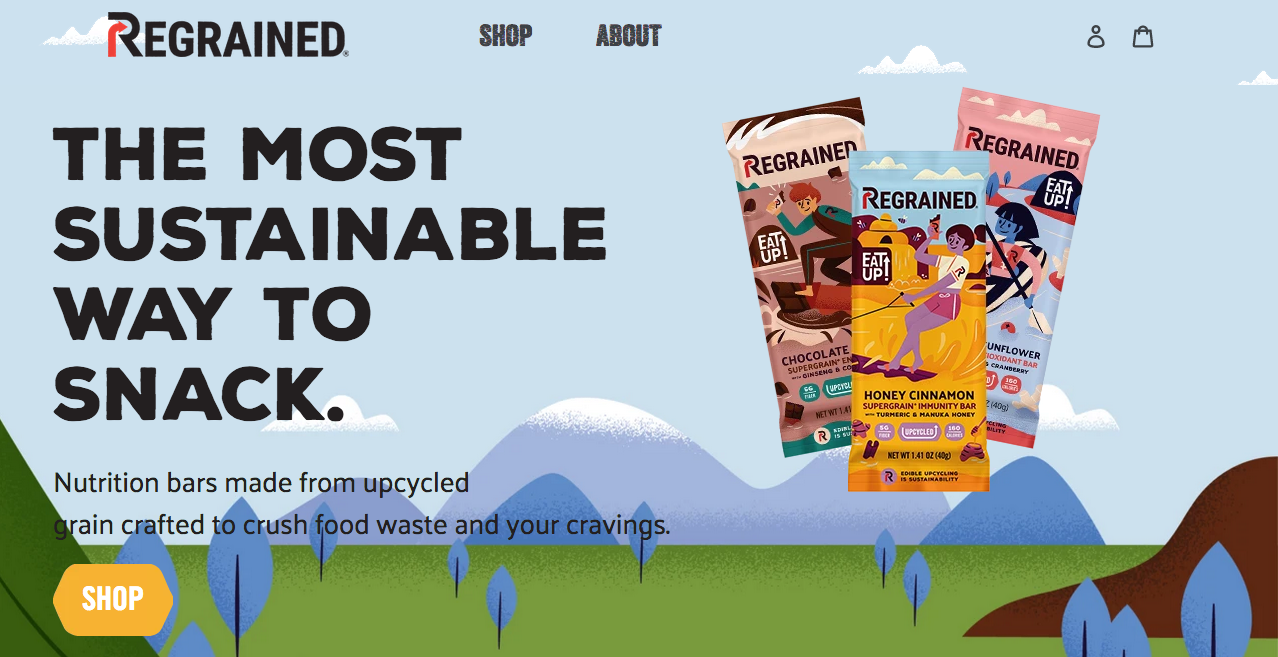The word environment is defined as the natural world in which people, animals, and plants live. Environmentalism is the concern about our natural environment and how to improve and protect it. An environmentalist is a person interested in the natural environment and who wants to improve and protect it. The natural world is defined as all the components of the physical universe — atoms, plants, ecosystems, people, societies, galaxies, etc., as well as the natural forces at work.
Once we begin to understand that everything is connected, it’s inevitable for us to start thinking about the environment as not something “out there” but as something that impacts the world around us and, more personally, our workspace, our homes, our health. Moreover, interconnectedness helps us critically think about the world we interact with every day, such as how the products we love are made, where they come from, and where they end up once we’re done with them. Do employees from Fortune 1000 companies understand how the pollution from coal-powered boats bringing in our clothing, food, building materials, furniture, etc. affect the air we breathe, our water, our health, the economy, and entire ecosystems? How would corporate sustainability decision-makers benefit from environmentally educated staff? So that we may pave more impactful sustainable pathways, investing in employee environmental literacy will be a vital next step.
For successful corporate decarbonization, employees will need to understand society’s heavy reliance on finite resources such as fossil fuels for transportation, energy, and manufacturing. Also important is making it clear the transition to a decarbonized economy can easily be made with a diverse array of innovative sustainable materials. When we educate employees on sustainability initiatives, we deliver a bigger more well-rounded vision of our company to them, whereby we go far beyond immediate monetary profits, and into long-term profits that include health of people, pesticide-free organic foods, reduced pollution, properly managed waste, well-managed resources, increased biodiversity, and cleaner oceans that supply the oxygen we use to breathe.
At this point in human history, everyone needs to have a working knowledge of the natural world, to make valuable short-term and long-term decisions for building sustainable foundations and protecting natural resources and ecosystems. This requires basic environmental literacy, so we know how to value resources and organically create a circular system, as we see in nature.
Companies with environmental solutions and sustainability initiatives have a window of opportunity to educate about environmental stewardship, impacts of our environment on health, and how all of these factors tie into taking action in the workplace. Educating employees about environmental solutions is a way to fill the knowledge gap and help build a more engaged workforce. Many Fortune500 companies invest in employee environmental literacy, to give muscle to the entire company, rather than solely relying on the efficacy of the company’s green team. When you charge your workforce on sustainability, initiative success is cranked to the max, which is essential for long-term business development.
Education is the new marketing

Until environmental science and climate change are mandated curriculums throughout global educational systems, many environmentally conscious companies who solve environmental problems will have to deliver knowledge gap information via marketing efforts.
At A.R. Marketing House, we have a running motto; education is the new marketing. That’s why we make sure that our marketing team has the environmental background knowledge, they need to see communication opportunities, accurately interpret science, and in general, outperform in their roles of promoting sustainable solutions.
As the stakes for cleaning up the planet grow, we see innovative companies in LED lighting solutions, plastic-free choices, reusable packaging, air quality monitors, etc. worthy of top-shelf ranking, but unable to make the mark entirely. One significant factor of this communication shortfall is companies not knowing how to communicate sustainability in a helpful, full scope way to their community of customers and employees.
A silver lining of such a horrible infectious disease like SARS-CoV-2 has become a time to reflect, learn, improve, and incorporate new environmental initiatives, plans, policies, educational platforms, and ventures.
What is Environmental Literacy?

We define Environmental Literacy as the ability to understand and recognize the conditions of our surroundings, where we operate and where we live, and the impacts our individual, community, and corporate actions have on the entire system that sustains life and commerce.
Why we need employee buy-in for sustainability initiatives and business growth

In a Nielson study, 81% of global respondents feel strongly that companies should help improve the environment.
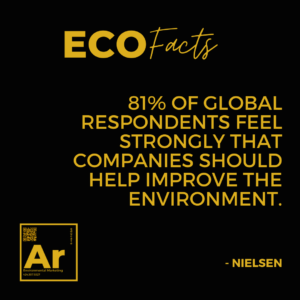
When employees are educated and engaged through company-wide sustainability initiatives, it has been shown to increase environmental programs’ success. It is a win for energizing your workforce by connecting them with matters they care about. Improved employee performance is another benefit gained from engagement on environmental issues, and will generate long-term economic value for staff and c-suite leadership. Ultimately garnering employee support through environmental literacy proves to be a value to the immediate community and society as a whole. Companies who partake in environmental literacy see an increase in employee loyalty, efficiency, productivity, and engagement on company sustainability initiatives. These factors all help to improve company HR scores.
How employee buy-in impacts the success or failure of sustainability initiatives

“When employees understand environmental issues and their impact on health and quality of life, they act in allegiance with initiatives that serve the planet, business, and their personal life. People make smarter buying decisions, and know the difference between genuine sustainability and greenwashing” – Denise Anderson-Rivas, Educational Director & Co-Founder of A.R. Marketing House
Employee Brand Loyalty
When we support employee buy-in on sustainability initiatives, we see an increase in brand loyalty. Part of the reason for this is a concept called psychological ownership. Psychological ownership of a job or organization by an employee is a feeling of having a stake in the entity as a result of commitment and contribution. Psychological ownership leads to greater job satisfaction, engagement, productivity, and profits.
If given a choice, most people would choose to eliminate disease, cancer, and premature death. When empowered with the right tools and knowledge, they can participate in environmental change by taking action on air pollution, smog, and poison plastic that deteriorates health. When a company provides communication and engagement around environmental solutions, they fill voids of the absence of knowledge and miseducation around sustainability and important climate action. Environmental literacy is the litmus test for environmental commitment. With newfound knowledge, the people who work for you become closer to the company mission; their newfound learning and efforts serve as an extension of the good that can be produced.
For example, do you remember your favorite K-12 teacher? Did that teacher make you feel special and remind you of your unique place in the world? Did they help you rise to your best self and help you recognize your purpose? You may likely have adopted some values that your favorite teacher thought were important. Perhaps that was gardening, eating healthy, picking up litter, becoming politically active, or simply being a more conscientious, caring person.
When a company takes on sustainability initiatives and invests in educating, you embody a similar role to our impressionable teacher. People who work at your company become better, more well rounded employees as a result. That means a happier, more fulfilled workforce with improved productivity that delivers toward broader business objectives.
Environmental literacy vs. Environmental illiteracy
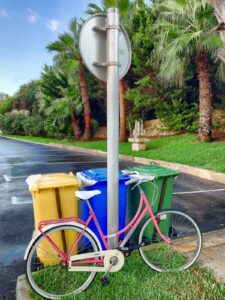
What does environmental literacy and engagement mean for a company with sustainability initiatives? Unfortunately, environmental science is not a staple in our education system (we hope to see this change). Without the understanding that everything is connected, it is hard for anyone to relate to the overwhelming word, environment. The environment becomes just a word out there and framed only for “tree huggers” and “environmentalists.” While nothing could be further from the truth, environmental literacy can mean the difference between life and death for an individual and the success or failure of a company.
Starting with a company’s initiatives, education around the who, what, where, why, and how employees are connected to actions that impact air quality, water, health, and food systems. Communicating on environmental education means connecting people to the systems they rely on for sustenance and how those systems relate to sustainable initiatives. Initiatives become a springboard for improving employee health, wellness, longevity, and wealth. Delivering reliable, relatable environmental training makes for a more informed employee base who will make better choices for the company at each step throughout their workday and beyond into their personal lives, which becomes a societal WIN-WIN-WIN.
Environmental illiteracy is a current disease of humanity; it holds us back from making educated decisions and taking action on essential measures like climate change. We need to commit to eradicating environmental illiteracy because our lives and our businesses depend on it.
What does environmental illiteracy mean for a company with sustainability goals?
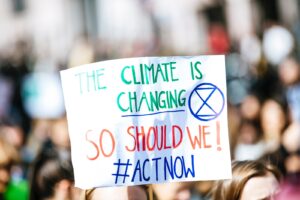
Currently, there is a lack of substantial, relatable education about climate change and the major environmental issues society faces today. Many media outlets copy and paste watered down information based on imperfect interpretations of scientific studies. Environmental news has become a regurgitation and a dangerous game of telephone. When misinformation is widespread, it creates doubt within people, and the result is a lack of care for the future. In turn, this indifference leads to poor decision making at work and personal decisions that could be detrimental to life and the environment.
Distrust and frustration that emerge from a lack of foundational knowledge on environmental issues make people easily fall victim to greenwashing, believing unsubstantiated claims that set back the scale on important workplace initiatives. Without a strong commitment to employee development on sustainability, employees will not have a foundation of knowledge and will lack interest in the company’s sustainability initiatives. We want employees to adopt new ideas, and your company initiatives could offer a successful framework for understanding. A lack of literacy means a lack of actionable adoption for company sustainability goals.
Employees properly educated in sustainability adopt sustainable measures across their personal and professional life

Three years ago, our Environmental Content Director decided to run a company contest to see if our team could go the entire month without buying any single-use plastic. We started on Earth Day, and most of us quickly realized how difficult this challenge was. Most of us refilled our glass and stainless steel reusable bottles. Ernesto, one of our fantastic graphic design artists, found himself on the road parched and looking for water at a convenience store. He looked for an aluminum can and was pleased to find a reusable aluminum bottled water at 7-eleven, which he kept for at least a year before recycling it.
The plastic-free challenge was a big realization that while many plastic-free choices exist when you do a simple google search, in a pinch, those options are far fewer on the shelves. The challenge also proved another point, the importance of having enough knowledge to choose the best materials for something as simple as a bottle of water. That requires some background in material recycling and the importance of seeking reusable options first.
Teaching employees skills in sustainability helps them know what to look for when seeking alternatives to environmentally damaging products. However, employees that don’t have this background won’t know enough to make a better choice or will flail and rely on marketing tactics by less than sustainable companies that greenwash.
The NO single-use plastic bottle beverage initiative still stands at A.R., and we continue to educate new members of the team on the importance of sourcing more sustainable beverage containers like reusable glass and aluminum.
Building personal frameworks are the success cursor for teaching Environmental Literacy
Environmental learning initiatives cannot help but be personal if you’re looking for genuine adoption. For example, if we want staff to stop wasting plastic, we have to teach about the toxicity plastic packaging has on our family’s health and food systems. Topics become a part of conversations, seeping into the psyche. We become aware of how one issue of plastic packaging affects our quality of life on a grander scale (affecting air, water, food, farming, and short- and long-term health). Environmental literacy as a staple part of your company’s culture makes for an even more significant impact on bottom-line measures.
Be the change that sparks a revolution
One of the most effective and empowering measures of environmental literacy is that when we train staff, they take their lessons home. It’s especially impactful when you see the fruits of environmental literacy seep into your company’s culture. When businesses take their sustainability initiatives seriously, they take education on those initiatives seriously, and we see that play out in employees, their families, and their civic engagement. A commitment to providing employees with Environmental Literacy is the spark needed for impacting real world shifts on sustainability and is the direction for businesses that plan to be around for decades to come.
Next steps to implementing Environmental Literacy Certification for employees
Linking employee values to sustainability breed long-term success. Bridging the gap in knowledge for those with little exposure or knowledge of the environmental issues we face today can make all the difference to explosive success for company-wide sustainability initiatives.
If you’re looking to start the journey and increase the Environmental Literacy of your staff, we invite you to connect with the A.R. team.
Resources
https://www.oxfordlearnersdictionaries.com/us/definition/english/environment?q=environment
https://www.oxfordlearnersdictionaries.com/us/definition/english/environmentalism?q=environmentalism
https://www.oxfordlearnersdictionaries.com/us/definition/english/environmentalist?q=environmentalist
https://undsci.berkeley.edu/glossary/glossary_popup.php?word=natural+world
https://www.dhs.gov/sites/default/files/publications/mql_sars-cov-2_-_cleared_for_public_release_2020_05_05.pdf
https://www.nielsen.com/us/en/insights/article/2018/global-consumers-seek-companies-that-care-about-environmental-issues/
https://hbr.org/2016/10/the-comprehensive-business-case-for-sustainability
https://www.shrm.org/resourcesandtools/hr-topics/behavioral-competencies/ethical-practice/pages/employeesandsustainability.aspx
https://eom.org/content-hub-blog/psychological-ownership
http://journals.sagepub.com/doi/abs/10.1177/1059601104273066
https://pacinst.org/wp-content/uploads/2007/02/bottled_water_factsheet.pdf
CB Bhattacharya, Sankar Sen, and Daniel Korschun, Leveraging Corporate Responsibility: The Stakeholder Route to Maximizing Business and Social Value, Cambridge, England: Cambridge University Press, 2011.
https://ssir.org/articles/entry/engaging_employees_to_create_a_sustainable_business#
https://hbr.org/2018/02/how-to-make-sustainability-every-employees-responsibility
https://www.thomsonreuters.com/content/dam/openweb/documents/pdf/corporate/Reports/global-500-greenhouse-gases-performance-2010-2015.pdf
https://www.shrm.org/resourcesandtools/hr-topics/behavioral-competencies/ethical-practice/pages/employeesandsustainability.aspx
https://www.neefusa.org/sites/default/files/assets/elr/NEEF-EnvironmentalLiteracyReport-2015.pdf
